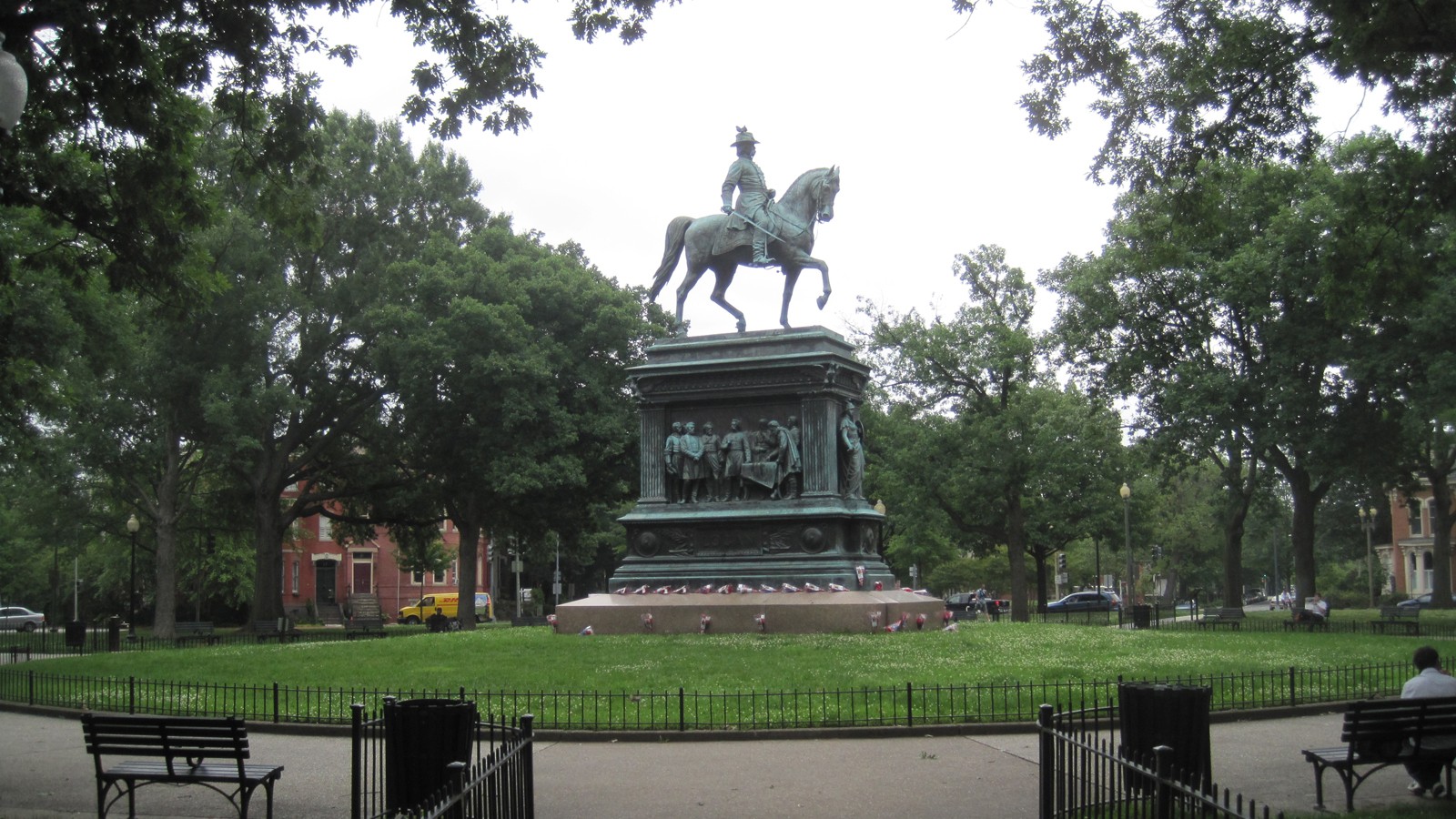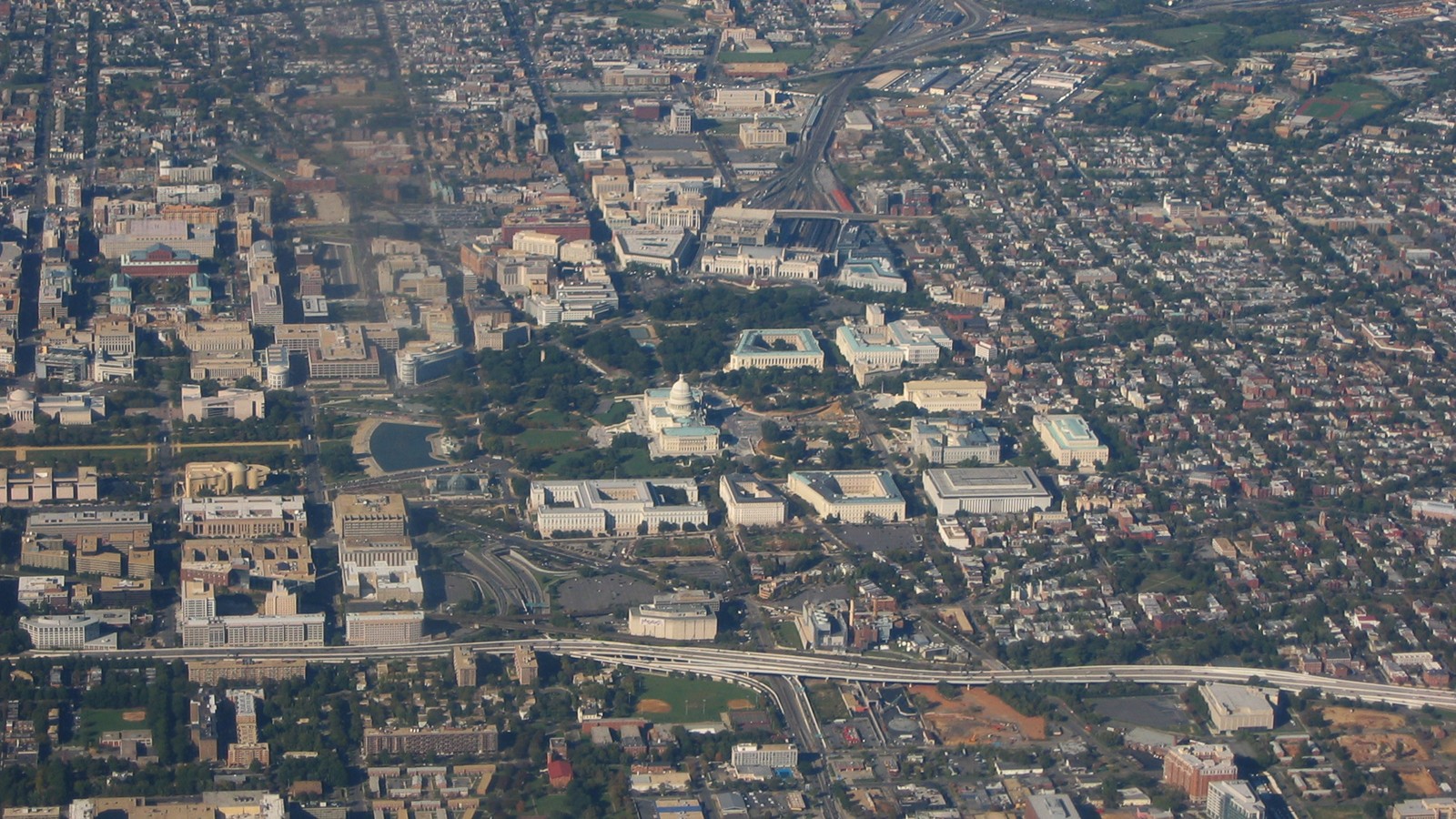Have you ever wondered about the person who shaped the very heart of the United States capital? It's almost as if the streets themselves tell a story, a grand design that feels both organized and, in some respects, a bit overwhelming. That particular layout, so iconic and recognizable, really came from the mind of one remarkable individual: Pierre L'Enfant. He was the one who sketched out the blueprint for what would become Washington D.C., giving it that distinctive feel we know today.
This article is going to take a closer look at Pierre L'Enfant, the influential architect and city planner whose ideas still stand tall in our nation's capital. We will explore his life, his work, and the lasting mark he made on America. You know, it's pretty fascinating to think about how one person's vision could literally lay the groundwork for such an important place, and how that vision continues to influence us.
We'll cover everything from his early days in France to his time serving a young American nation, and then, of course, how he came to design the capital city. So, if you're curious about the man behind the grand avenues and circles of D.C., you've come to the right place. It's quite a story, actually, of someone with big ideas and a strong will.
Table of Contents
- Pierre L'Enfant - A Life Story
- Personal Details and Key Facts About Pierre L'Enfant
- Where Did Pierre L'Enfant's Vision Come From?
- How Did Pierre L'Enfant Serve During the Revolution?
- What Was Pierre L'Enfant's Big Idea for the Capital?
- The Legacy of Pierre L'Enfant - More Than Just D.C.?
- Why Was Pierre L'Enfant a Difficult Character?
- The Lasting Mark of Pierre L'Enfant
Pierre L'Enfant - A Life Story
Pierre Charles L'Enfant first saw the light of day in Paris, France, on August 2, 1754. He came from a long line of artists, which, you know, really tells you something about his background. His father, who also carried the name Pierre, held a special position as a "painter in ordinary" for King Louis XV. Before his son arrived, his father was given a spot as an academician at the Académie Royale de Peinture et de Sculpture. By 1771, the younger Pierre was there himself, getting a proper fine arts education, which probably shaped a lot of his later ideas, too.
His early life in Paris, steeped in art and royal connections, clearly played a part in shaping the person Pierre L'Enfant would become. It's pretty interesting to think about how those early influences might have given him the tools and the confidence to dream up something as ambitious as a whole new capital city. You can almost picture him, a young man surrounded by creativity and grand designs, soaking it all in.
Personal Details and Key Facts About Pierre L'Enfant
To give you a clearer picture of Pierre L'Enfant, here are some key details about his life:
| Detail | Information |
|---|---|
| Full Name | Pierre Charles L'Enfant |
| Born | August 2, 1754, in Paris, France |
| Died | June 14, 1825, in Prince Georges County, Maryland |
| Family Background | Descended from a family of artists; father was a painter to King Louis XV. |
| Marital Status/Children | No known wife or children. |
| Education | Studied art at the Royal Academy of Painting and Sculpture (from 1771). |
| Military Service | Enlisted in the Continental Army in 1776; served in the U.S. Corps of Engineers throughout the Revolutionary War. |
| Known For | Designing the layout of Washington D.C., known as the "Plan L'Enfant." |
Where Did Pierre L'Enfant's Vision Come From?
You might wonder where someone gets the kind of insight to plan a whole city. For Pierre L'Enfant, his background in art, architecture, and engineering was, you know, absolutely central. He had been studying art under his father at the Royal Academy of Painting and Sculpture from 1771, right up until he decided to join the army. This kind of education would have given him a unique perspective, combining artistic flair with practical construction knowledge.
His family's history, too, very much played a part. Being part of a lineage of artists, with a father who worked for the king, probably instilled in him a sense of grandeur and purpose. It's fair to say that his early life gave him a really solid foundation for the big things he would go on to achieve. He was, in a way, destined for something creative and large-scale, you could say.
How Did Pierre L'Enfant Serve During the Revolution?
Pierre L'Enfant didn't just stay in France. He left his home country and joined the Continental Army in 1776, which, you know, was a pretty big move for someone with his background. He put his skills to work in the U.S. Corps of Engineers, serving throughout the entire Revolutionary War. His experience in the military, especially in engineering, would have given him practical knowledge of land, logistics, and building on a grand scale.
This period of his life, fighting for American independence, also connected him with many of the Founding Fathers. He gained friends among them, which would later prove very important for his career. It's pretty clear that his time as a foreign volunteer and, later, as a citizen of the new nation, shaped his ideas about what America should be. He really did create imagery, buildings, and city layouts that celebrated America's principles of freedom and community spirit, which is, in fact, quite remarkable.
What Was Pierre L'Enfant's Big Idea for the Capital?
The story of Washington D.C.'s design really kicks off in 1791. Shortly after the United States secured its independence, George Washington himself personally asked Pierre Charles L'Enfant to design the new nation's capital. L'Enfant, a young French artisan who had become an American revolutionary soldier, took on this task with a lot of energy and strong feelings. He approached it with, you know, a drive that was truly unmatched.
His work is known today as the "Plan L'Enfant." This plan was not just about drawing some streets; it was about creating a physical framework for a city that would be strong, full of life, and, sometimes, a little confusing in its layout. One of the most important parts of his design was Pennsylvania Avenue, which provides a direct connection between the places where laws are made and where the executive branch works – that's the Capitol and the President's House. He really envisioned a grand, interconnected space.
It's worth noting that while L'Enfant laid out the initial plan, the city's construction was later finished by Andrew Ellicott after L'Enfant moved on. But the core ideas, the very structure of the city, are definitely Pierre L'Enfant's. His vision was pretty bold, and it certainly left a mark on the way the city feels and functions even now. You can really see his influence in the wide avenues and the way things are set up.
The Legacy of Pierre L'Enfant - More Than Just D.C.?
While Washington D.C. is certainly his most famous contribution, the influence of Pierre L'Enfant stretches a bit further. His "Plan L'Enfant" for the capital also inspired the street layout of Detroit, Michigan, which is pretty cool to think about. It shows that his ideas about city planning had a broader appeal and could be adapted for other places, too. He was, in a way, a pioneer in urban design for the new nation.
His contributions weren't just about lines on a map. As a foreign volunteer during the Revolutionary War and, later, as a citizen of the new nation, L'Enfant created pictures, buildings, and city scenes that celebrated America's republican principles of freedom and community spirit. He really believed in what the new country stood for, and he tried to show that in his work. There's even a flag, the Pierre L'Enfant flag from 1783, described as having gold stars, which points to his creative output beyond just city plans.
Why Was Pierre L'Enfant a Difficult Character?
It seems that Pierre L'Enfant, for all his brilliance, had a personality that could be, shall we say, a bit challenging. Biographers, like H. Paul Caemmerer in "The Life of Pierre Charles L'Enfant: Planner of the City Beautiful, the City of Washington" (1950), describe him as a very difficult man in his dealings with others. This strong, unyielding nature, as mentioned in "My text," was apparently a defining part of who he was. It's almost as if his powerful vision came with an equally powerful will, which sometimes clashed with others.
This aspect of his personality might explain some of the bumps he encountered in his career, and why he eventually left the D.C. project. When someone has such a strong idea of how things should be, it can be tough for them to compromise or work within certain limits. So, while his drive was key to his achievements, it also, you know, presented some obstacles in his relationships with others.
The Lasting Mark of Pierre L'Enfant
Despite any personal difficulties, the lasting mark of Pierre L'Enfant is undeniable. He gave the United States capital its fundamental structure, a design that has stood the test of time and continues to shape the daily lives of millions. His work is a prime example of how thoughtful planning can create a place that is both functional and symbolically rich. The main axis, Pennsylvania Avenue, linking the legislative and executive centers, is a pretty powerful symbol of government, and that was his idea.
His contributions, from his military service to his grand designs, are a significant part of American history. He was a man of many talents – an artist, an engineer, and a visionary city planner. His story, you know, really shows how one person's dedication and unique abilities can leave an enduring impact on a whole nation. He was, in fact, quite an important figure.
This article has explored the life and contributions of Pierre L'Enfant, from his birth in Paris and artistic background to his military service in the American Revolutionary War. We looked at his pivotal role in designing Washington D.C., including the famous "Plan L'Enfant" and the significance of Pennsylvania Avenue. We also touched upon his broader legacy, such as inspiring the layout of Detroit, and acknowledged the complexities of his personality. The piece covered his personal details, his early influences, and the enduring impact of his visionary work on American cityscapes.
Related Resources:
Detail Author:
- Name : Colten Kiehn V
- Username : mosciski.sage
- Email : cgrady@gmail.com
- Birthdate : 1997-09-28
- Address : 9743 Gayle Canyon Apt. 475 Lake Laron, LA 31206
- Phone : +1-878-300-9002
- Company : Anderson Ltd
- Job : Distribution Manager
- Bio : Exercitationem ut fugiat animi. Excepturi ut tempora sint enim. Hic illum sed eius alias. Velit et sit voluptates ut. Reiciendis est accusamus repellat iusto iste.
Socials
twitter:
- url : https://twitter.com/padbergj
- username : padbergj
- bio : Sed cum facilis quaerat autem quae voluptas nam. Vel temporibus et consequatur vel non perferendis nam a. Rerum recusandae veniam dolorum omnis.
- followers : 3714
- following : 1174
facebook:
- url : https://facebook.com/javonte_id
- username : javonte_id
- bio : Maiores ducimus et vel et sint.
- followers : 1805
- following : 701


